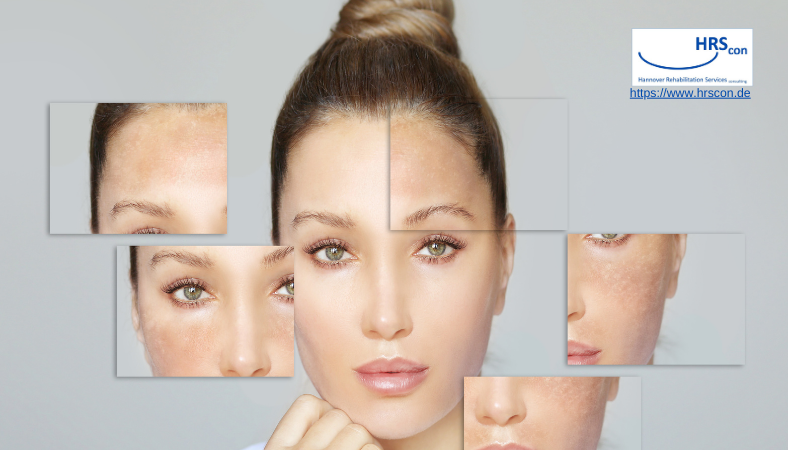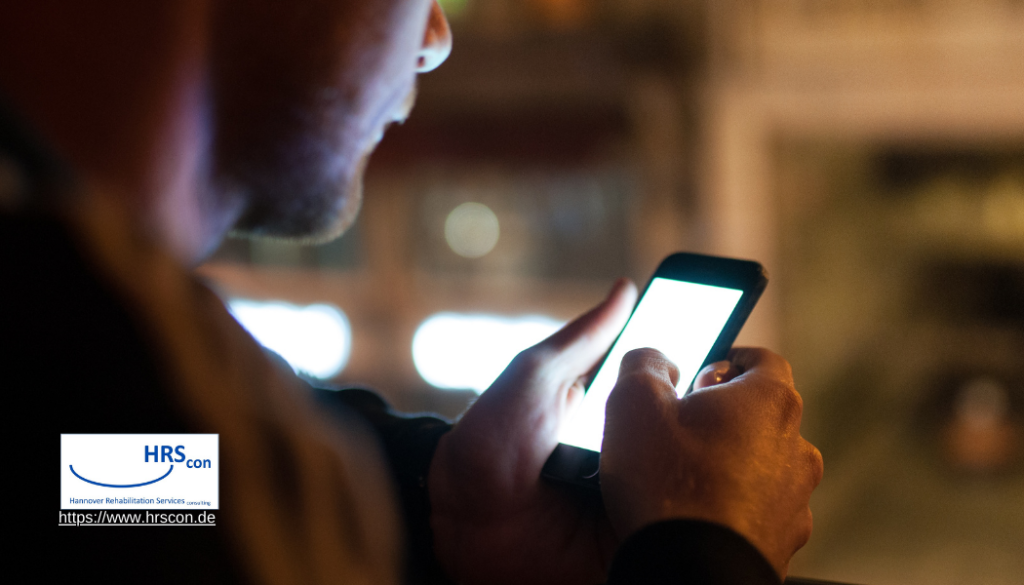Skin lightening, or bleaching, has become a widespread cosmetic practice across the globe, influencing the beauty industry and raising significant public health concerns. From Africa and Asia to the Americas, people from diverse backgrounds are using products that promise lighter skin, often at the expense of their health. While these products are marketed as solutions for hyperpigmentation and perceived beauty standards, they carry serious health risks, including long-term skin damage, systemic toxicity, and even carcinogenic effects.
In a comprehensive review published in the International Journal of Women’s Dermatology, a global team of dermatologists delves into the socio-cultural, economic, and health implications of skin-lightening practices. The article outlines the prevalence of these products in various regions and calls for increased awareness and regulation to mitigate the associated health risks.
The Global Prevalence of Skin Lightening
Africa: A Popular Yet Harmful Trend
Skin lightening has been particularly prevalent in Africa since the 1950s. The practice is especially common in countries like Nigeria, Senegal, Mali, and Ghana, where large portions of the population use skin-lightening creams regularly. Surveys suggest that up to 75% of women in Nigeria and 60% in Senegal engage in skin-lightening practices, with similar numbers in other African nations.
Many users believe that lighter skin increases attractiveness and opens up better career opportunities. In South Africa, skin lightening is frequently used to treat pigmentation disorders like post-inflammatory hyperpigmentation (PIH), melasma, and acne scars. However, others use these creams simply to achieve a lighter complexion. Despite regulatory efforts to ban harmful skin-lightening products, including hydroquinone and mercury, many users obtain these creams from street vendors and unregulated markets, often unaware of the potential health risks.
Asia: Cultural Norms and a Booming Industry
In East and South Asia, cultural norms play a significant role in the demand for skin-lightening products. In many parts of East Asia, fair skin is traditionally associated with beauty and social status, a belief perpetuated through proverbs like, “a white complexion is powerful enough to hide seven faults.” This cultural preference for fair skin has driven a booming market for skin-lightening agents. In South Korea, for example, 40% of the population regularly uses these products.
In South Asia, particularly India, half of the skincare market is devoted to fairness creams. These products are deeply embedded in cultural and societal norms, with lighter skin often associated with higher social status. Despite attempts by government organizations to regulate the market, harmful products containing mercury and other toxic substances remain easily accessible.
The Middle East: A Growing Concern
In the Middle East, the use of skin-lightening products is prevalent, with over 60% of women in some countries like Jordan and Saudi Arabia reporting regular use. Many users are unaware of the health risks associated with these products, which often contain harmful ingredients like hydroquinone, steroids, and mercury. In Dubai, for example, patients frequently mix and match various creams, exacerbating health risks such as skin thinning, adrenal insufficiency, and nephrotoxicity.
Health Risks and Complications of Skin Lightening
While skin-lightening products promise lighter, more even skin tones, they often come with severe health risks. The review details the harmful effects of common skin-lightening agents, including hydroquinone, corticosteroids, mercury, and glutathione:
- Hydroquinone: A common ingredient in skin-lightening creams, hydroquinone can cause exogenous ochronosis, a condition where the skin darkens to a blue-black hue instead of lightening. It has also been linked to cancer risks, peripheral neuropathy, and fetal growth retardation.
- Steroids: The misuse of potent corticosteroids in skin-lightening products can lead to skin thinning, infection, acne, and Cushing’s syndrome, a hormonal disorder. Long-term use can also cause systemic effects such as diabetes, hypertension, and adrenal insufficiency.
- Mercury: Exposure to mercury through skin-lightening creams can lead to nephrotoxicity, neuropsychiatric symptoms, and even mercury poisoning. Mercury can also cause severe dermatological issues like hyperpigmentation and nail discoloration.
- Glutathione: An antioxidant popular in injectable and oral skin-lightening treatments, glutathione has not been approved by the FDA for this purpose. Its use has been associated with severe health risks such as liver and kidney damage, Stevens-Johnson syndrome, and air embolisms.
These health risks are often compounded when products are used long-term or applied over large areas of the body. In many cases, users are unaware of the toxic ingredients and potential side effects, as product labels often omit crucial information. The review emphasizes that dermatologists need to educate their patients about these risks and advocate for healthier skincare practices.
The Role of Media and Celebrity Influence
Celebrity endorsements and media portrayals of lighter skin as desirable have played a significant role in promoting skin-lightening practices. In countries like India, where the film industry (Bollywood) often casts lighter-skinned actors as protagonists, fairness is equated with beauty and success. This trend is echoed across Asia, Africa, and even Latin America, where black Latinos and darker-skinned individuals are rarely given leading roles in media.
The influence of celebrities has been particularly damaging, as their use of skin-lightening products sets an unrealistic standard for beauty. Campaigns promoting light skin as a pathway to success perpetuate harmful stereotypes and encourage the use of dangerous products.
Regulatory Efforts and Social Change
In response to growing concerns about the health risks of skin-lightening products, several countries have enacted regulations to ban harmful ingredients. South Africa was one of the first nations to ban hydroquinone in cosmetics, and other countries like Ghana, Kenya, and Tanzania have followed suit. However, the illegal market for these products remains robust, with many users obtaining creams from unregulated sources.
Social media and nonprofit campaigns are also pushing for change. Movements like #unfairandlovely and Dark is Beautiful celebrate darker skin tones and challenge the societal preference for lighter skin. These campaigns have garnered significant attention, prompting companies like Unilever to rename products like Fair & Lovely. However, there is still a long way to go in shifting cultural attitudes and ensuring that skin-lightening products are used safely and responsibly.
Conclusion
The global obsession with lighter skin has deep roots in cultural, societal, and historical factors, but it is time to move towards healthier, more inclusive beauty standards. While regulations are in place in many countries, the continued use of toxic skin-lightening products poses a major public health risk. Dermatologists, policymakers, and social advocates must work together to educate the public on the dangers of these products and promote the beauty of all skin tones.
As public awareness grows and more campaigns challenge the status quo, there is hope that the harmful trend of skin lightening can be curtailed, allowing people to embrace their natural beauty without compromising their health.




